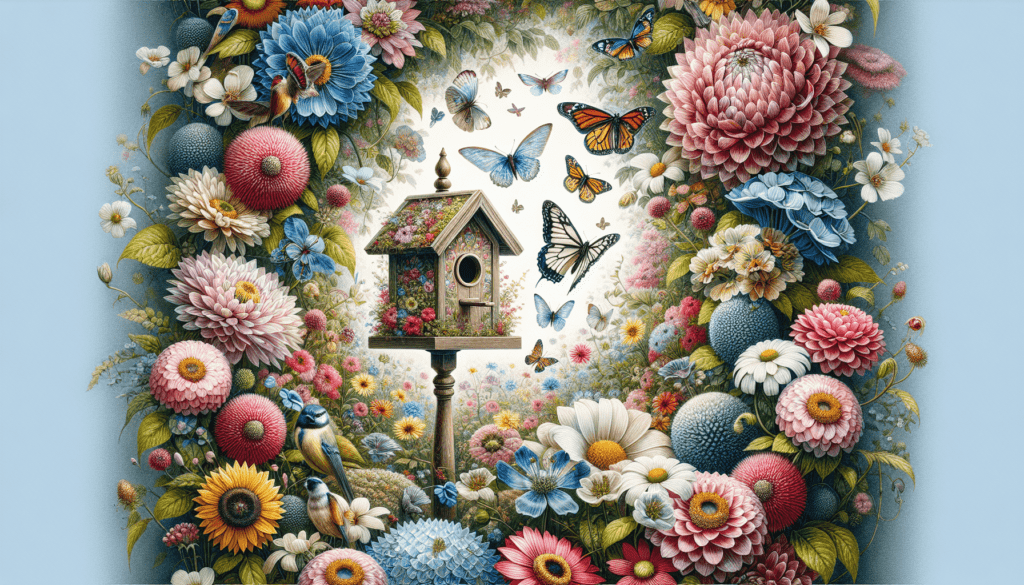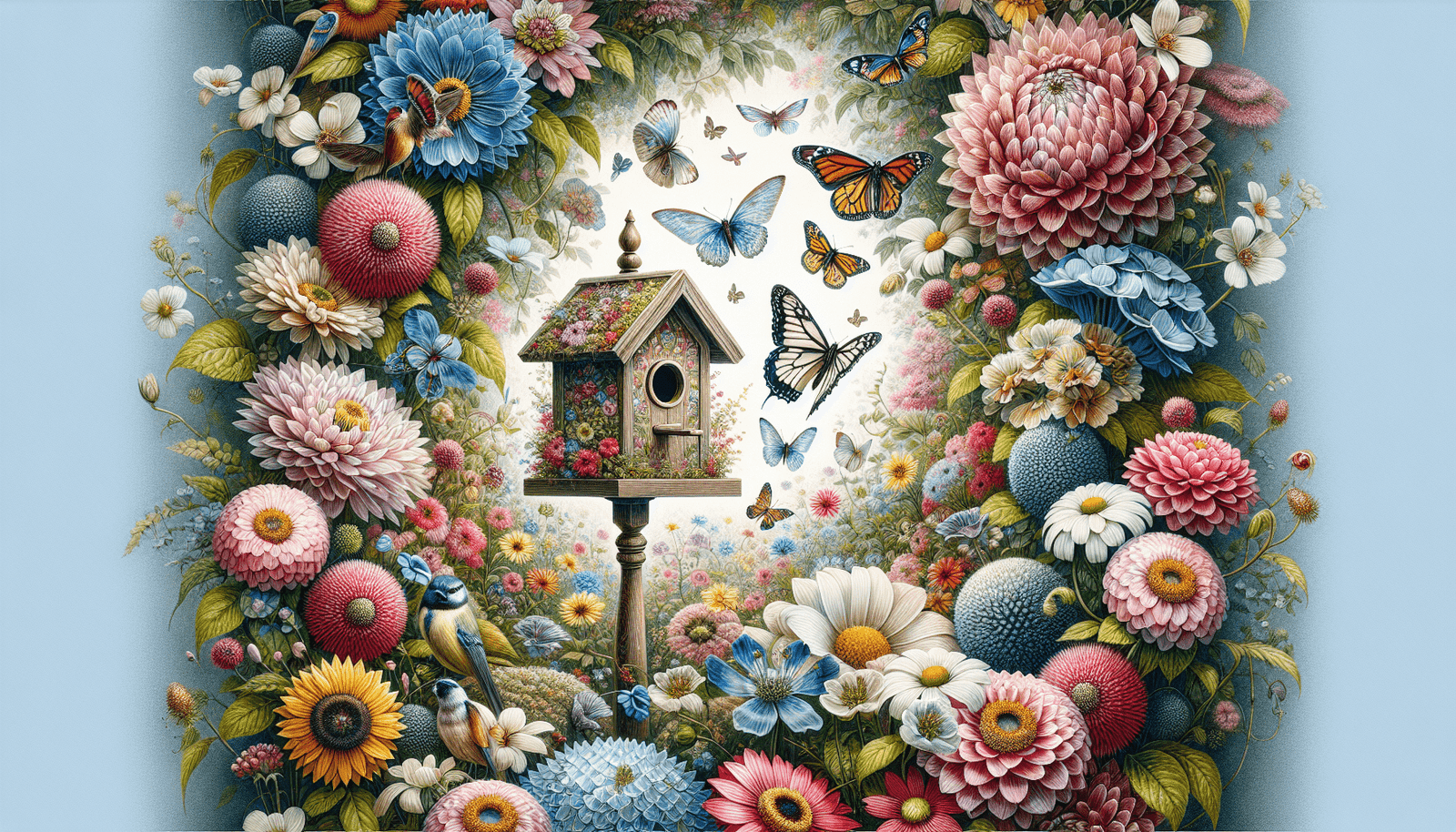You might be wondering how you can create a garden space that not only beautifies your surroundings but also encourages wildlife to interact with it. Well, you’ve come to the right place! In this article, we’ll provide you with all the essential tips and tricks on how to design a garden that fosters interaction with wildlife. So, let’s get started!

Understanding the Importance of Wildlife Interaction in Your Garden
Creating a garden that promotes wildlife interaction not only adds to the aesthetic appeal of your outdoor space but also plays a crucial role in maintaining the ecosystem’s balance. By attracting birds, bees, butterflies, and other creatures, you are contributing to the overall biodiversity of your area.
Choosing Native Plants for Your Garden
One of the most effective ways to attract wildlife to your garden is by planting native species. Native plants not only provide food and shelter for local wildlife but also require less maintenance compared to exotic species. Additionally, native plants are adapted to the local climate and soil conditions, making them more resilient to pests and diseases.
Creating Habitat Diversity in Your Garden
To encourage a variety of wildlife to visit your garden, it’s essential to create diverse habitats. Incorporate a mix of trees, shrubs, flowers, and grasses to provide different animals with food sources, nesting sites, and shelter. Make sure to include a water source, such as a birdbath or a small pond, to attract birds and other wildlife.
Providing Food Sources for Wildlife
Another crucial aspect of designing a wildlife-friendly garden is providing food sources for different species. Planting flowers that produce nectar and pollen will attract bees and butterflies, while bird feeders filled with seeds and suet cakes will entice various bird species. Consider growing fruit-bearing trees and shrubs to provide food for mammals and birds.

Building Nesting Sites for Wildlife
To encourage birds, insects, and other wildlife to take up residence in your garden, you’ll need to provide suitable nesting sites. Install birdhouses, bat boxes, bee hotels, and butterfly houses to offer shelter and protection for different species. You can also leave dead trees or logs in your garden to create natural nesting sites for insects and small animals.
Incorporating Wildlife-Friendly Features in Your Garden Design
When planning your garden layout, consider adding features that are specifically designed to attract wildlife. Create winding paths and secluded areas where animals can seek refuge and rest. Install bird baths, feeders, and shelters at strategic locations to encourage frequent visits from birds and other creatures. Designate a wild corner in your garden where plants are left to grow naturally to provide habitat for insects and other small animals.
Using Natural Pest Control Methods
By attracting beneficial wildlife to your garden, you can naturally control pests without relying on harmful chemicals. Certain birds, insects, and mammals feed on common garden pests, helping to keep your plants healthy and thriving. Encourage the presence of ladybugs, lacewings, and predatory insects by planting nectar-rich flowers and avoiding pesticide use in your garden.
Maintaining a Wildlife-Friendly Garden
Once you’ve designed a garden that attracts wildlife, it’s essential to maintain its wildlife-friendly features. Regularly clean and refill bird feeders and baths to ensure a fresh water source and food supply for birds. Monitor your garden for signs of invasive species and take steps to remove them without harming beneficial wildlife. Practice sustainable gardening techniques, such as composting and mulching, to create a healthy environment for wildlife to thrive.
Observing Wildlife in Your Garden
One of the most rewarding aspects of designing a wildlife-friendly garden is observing the diverse creatures that visit and interact with your space. Set up a bird-watching station with binoculars and field guides to identify different bird species that frequent your garden. Keep a journal to record the wildlife sightings and behaviors you observe, and share your experiences with friends and family to inspire others to create wildlife-friendly gardens.
Conclusion
Designing a garden that encourages wildlife interaction is a fulfilling and rewarding endeavor that benefits both you and the environment. By following the tips outlined in this article, you can create a vibrant and biodiverse outdoor space that attracts a variety of birds, bees, butterflies, and other wildlife. Remember to choose native plants, provide food sources and nesting sites, incorporate wildlife-friendly features, and practice sustainable gardening techniques to maintain a thriving garden ecosystem. So, roll up your sleeves, grab your gardening tools, and start designing a wildlife-friendly garden today!

